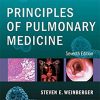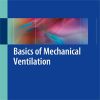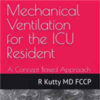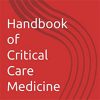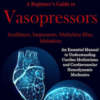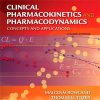Discordance Between Respiratory Drive and Sedation Depth in Critically Ill Patients Receiving Mechanical Ventilation
journals.lww.comSedation depth is not a reliable marker of respiratory drive during critical illness. Respiratory drive can be low, moderate, or high across the range of routinely targeted sedation depth.
56 patients undergoing 197 bedside evaluations across five ICUs were included.
Respiratory drive was measured via P0.1, the change in airway pressure during a 0.1-second airway occlusion at initiation of patient inspiratory effort, every 12 ± 3 hours for 3 days.
P0.1 ranged between 0 and 13.3 cm H2O (median [interquartile range], 0.1 cm H2O [0.0–1.3 cm H2O]).
P0.1 was not significantly correlated with the Richmond Agitation-Sedation Scale (RSpearman, 0.02; 95% CI, –0.12 to 0.16; p = 0.80).
Considering P0.1 terciles (range less than 0.2, 0.2–1.0, and greater than 1.0 cm H2O), patients in the middle tercile had significantly more ventilator-free days than the lowest tercile (incidence rate ratio, 0.78; 95% CI, 0.65–0.93; p < 0.01) or highest tercile (incidence rate ratio, 0.58; 95% CI, 0.48–0.70; p < 0.01).


